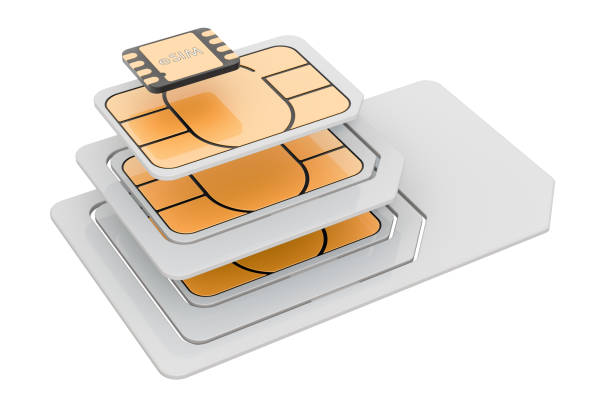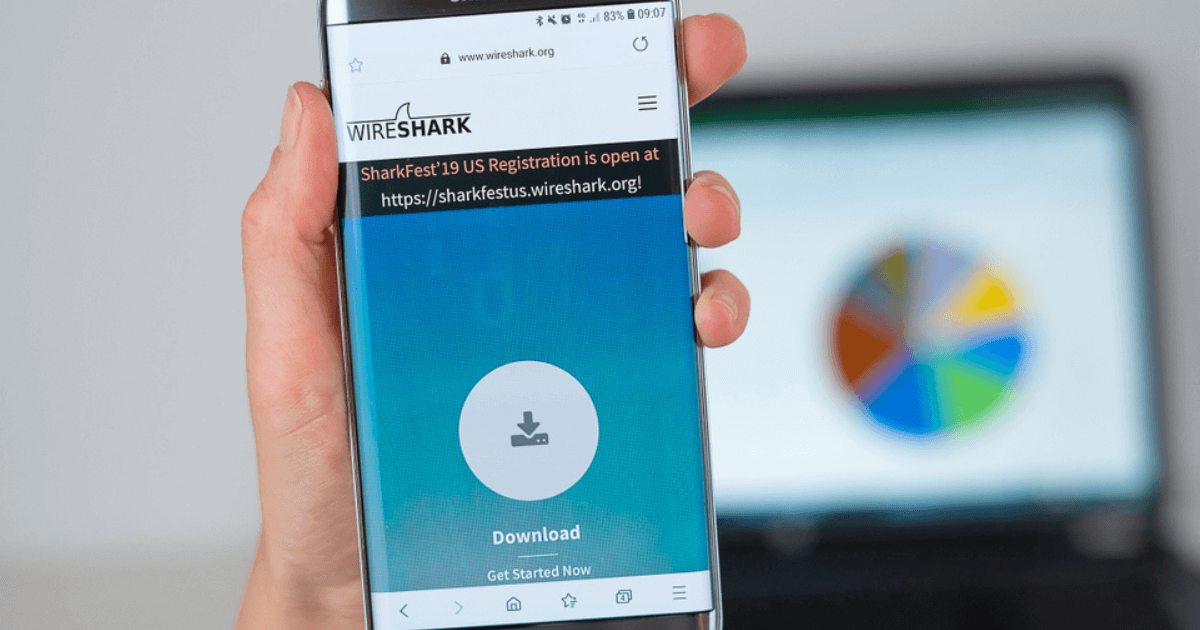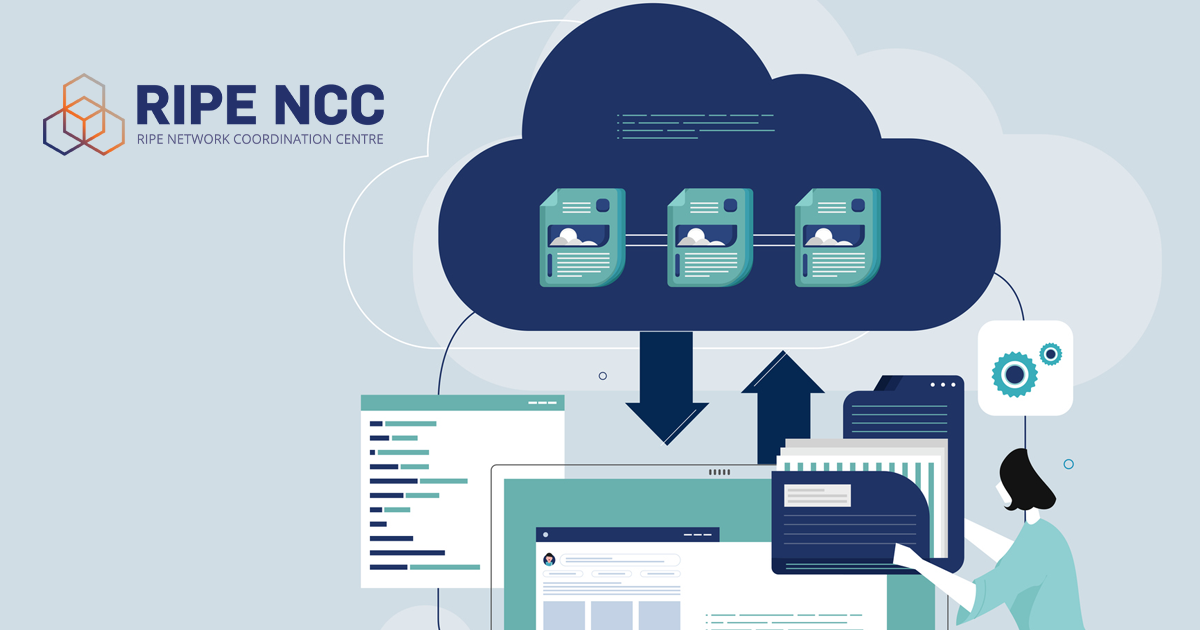

We're all familiar with the small, removable SIM card used in mobile devices to identify users on a carrier's network. This small card not only stores essential data for connecting the user to the carrier but also allows you to store contacts, text messages, and other personal data.
In 2013, the GSMA developed an innovative technology that would revolutionize the way we authenticate to subscribed services: eSIM (embedded SIM). An eSIM is a chip embedded in a device that provides exactly the same functionality as a physical SIM card, but with greater flexibility and convenience than a traditional SIM.
The eSIM cannot be physically removed or replaced; instead, it is programmed and managed through the device's own software. Its activation is performed using a QR (quick response) code provided by the carrier. After activation, the carrier's profile is installed on the eSIM. This profile contains the data necessary for connecting to the carrier's mobile network.
We can look at this operator's QR code as a package of accesses and authorizations that allows us to browse a private network.
The management of the eSIM profile is normally carried out on the device itself through an application or through the device's own settings.
This technology offered significant advantages compared to our small removable card because with the ease of changing carriers, simplifying activation, it became an added value when it came to freedom of choice.
The physical space on the device has also been reduced, allowing the eSIM to be used in devices with compact designs, such as smartwatches.
In short, eSIM results in a more fluid connectivity experience by eliminating the traditional SIM card and adopting a SIM integrated into the device itself.











